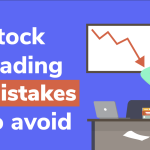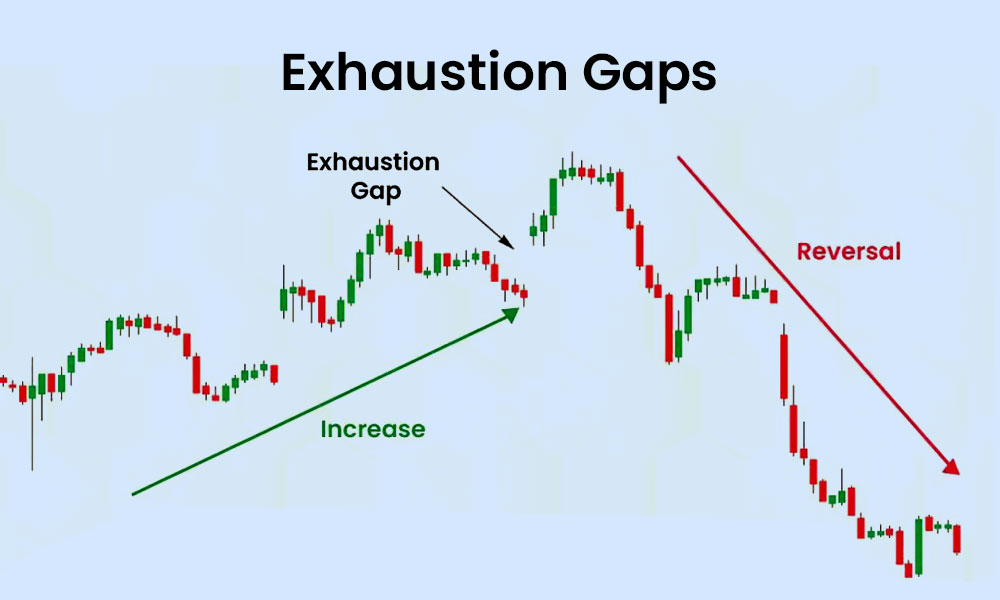
By ATGL
Updated October 20, 2024
The stock market is cyclical, with periods of growth and decline known as “bull market” and “bear market.” Understanding these phases is critical when you’re looking to navigate the financial landscape effectively. This guide will explore the key differences between bull and bear markets, their characteristics, and how they impact investment strategies.
Bull Market vs. Bear Market: Characteristics and Causes
Rising stock prices and increased investor confidence characterize a bull market. Generally, a bull market is declared when stock prices increase by 20% or more from recent lows. This phase typically occurs during periods of economic growth and low unemployment. Bull markets are often driven by factors such as economic expansion, favorable government policies, technological advancements, and increased consumer spending. Note that some bull markets can last for extended periods, known as a secular bull market. These long-term trends can persist for years or even decades, often characterized by above-average returns.
During a bull market, investor optimism is high, and there’s a general sense of economic prosperity. Corporate earnings tend to grow, and companies often expand their operations. The job market usually improves, leading to higher consumer spending and further economic growth.
Conversely, a bear market is marked by falling stock prices, usually 20% or more from recent highs, and decreased investor confidence. Bear markets often coincide with economic downturns and are characterized by pessimism among investors. Common causes of bear markets include economic recessions, geopolitical crises, the bursting of market bubbles, and significant shifts in monetary policy.
In a bear market, corporate profits typically decline, and companies may reduce their workforce or scale back operations. Consumer spending often decreases as people become more cautious with their finances. The overall economic outlook during a bear market is generally negative, which can further contribute to declining stock prices.
Economic Indicators You Should Know
To identify and understand market phases, investors rely on various economic indicators. These data points provide insights into the overall health of the economy, which often correlates with market performance. Key indicators include:
- Gross Domestic Product (GDP): A fundamental measure of economic output. Growing GDP generally indicates a healthy economy supporting a bull market, while contracting GDP might signal bearish conditions.
- Unemployment Rate: A key indicator of job market health. Low unemployment typically accompanies bull markets, while rising joblessness can signal bear market conditions.
- Inflation (Consumer Price Index – CPI): Plays a crucial role in market dynamics. Moderate inflation is generally considered healthy, but high inflation can lead to economic instability and bearish sentiment.
- Interest Rates: Set by central banks, these significantly influence borrowing costs and economic activity. Lower rates can stimulate growth and bullish trends, while higher rates might slow the economy.
- Consumer Confidence Index: Reflects public sentiment about the economy, influencing spending and investment behaviors.
- Manufacturing Indices: Show industrial sector performance, offering insights into economic productivity.
- Housing Market Data: Including home sales and construction starts. This provides valuable insights into economic health and consumer confidence.
Recognizing Bull and Bear Market Transitions
Transitions between bull and bear markets are rarely instantaneous or clearly defined. Key signs include consistent price movements across major indices, changes in trading volume, shifts in unemployment figures and corporate earnings, and greater frequency and impact of economic news.
Remember that short-term fluctuations don’t necessarily indicate a change in the overall market phase. Consider longer-term trends and multiple indicators when assessing market conditions.
Investor Sentiment in Each Market Phase
Bull Market Sentiment:
- High investor optimism and confidence
- Increased risk appetite
- Belief in continued economic growth
- Focus on growth opportunities and potential gains
Bear Market Sentiment:
- Pessimism and caution among investors
- Increased risk aversion
- Concern about economic decline or recession
- Focus on capital preservation and defensive strategies
Common Misconceptions About Bull and Bear Markets
- Bull markets don’t always mean quick profits: While bull markets offer growth opportunities, not all stocks rise equally, and market timing remains challenging.
- Bear markets aren’t always bad for investors: Bear markets can present buying opportunities for long-term investors.
- Market phases don’t last for fixed periods: Both bull and bear markets can vary significantly in duration.
- You can’t easily predict market transitions: Accurate market timing is notoriously difficult, even for experienced investors.
- Bull markets don’t only go up, and bear markets don’t only go down: Both phases experience short-term fluctuations contrary to the overall trend.
Strategies for Investing in Each Market Phase
Investment strategies often differ between bull and bear markets. In a bull market, you might consider a “buy and hold” strategy to capitalize on overall market growth. Increasing stock allocation and focusing on growth stocks can be effective ways to take advantage of rising prices.
During a bear market, defensive strategies often come into play. You might focus on stable companies with consistent dividends, known as defensive stocks. Diversification becomes even more critical, as spreading risk across various asset classes can help mitigate potential losses. Maintaining cash reserves can also be prudent, allowing you to capitalize on buying opportunities when prices are low.
These strategies should align with individual financial goals and risk tolerance. No single approach works for everyone, and adapting to changing market conditions is key to long-term investment success.
Regardless of the market phase, understanding various trading patterns can help you make more informed decisions. For instance, during bear markets, recognizing patterns like the bear pennant pattern can be particularly useful for short-term traders.
Bull vs. Bear Market Examples: Lessons From Past Market Phases
The bull market from 2009 to 2020, which followed the 2008 financial crisis, saw the S&P 500 grow over 400% from its low point. Low interest rates, economic recovery, and technological innovation drove this period. The key lesson from this phase is that long-term investment can yield significant returns, even after severe downturns.
On the other hand, the bear market of 2000-2002, triggered by the dot-com bubble burst, saw the tech-heavy Nasdaq fall nearly 80% from its peak. This period was characterized by the overvaluation of internet companies and widespread job losses in the tech sector. The primary lesson here is the importance of caution during times of market euphoria and the risks associated with overvalued sectors.
Start Investing in the Stock Market With Above the Green Line
While understanding market phases is important, successful investing also requires patience, discipline, and a well-thought-out strategy aligned with your financial goals. Whether in a bull or bear market, staying informed and maintaining a long-term perspective can help you navigate the complexities of the financial markets.
Above the Green Line offers resources and tools to help you navigate both bull and bear markets effectively. Our expert analysis and educational content can support your investment journey, regardless of market conditions. To learn more about our services and how we can help you achieve your financial goals, visit our membership page.
Bear vs. Bull Market FAQs
Is It Better To Buy in a Bull or Bear Market?
Both markets offer investment opportunities, but they require different strategies. The best approach depends on your investment goals, risk tolerance, and time horizon.
Will 2024 Be a Bull or Bear Market?
For most of 2024, the U.S. has experienced a bull market. Of course, market performance depends on economic conditions, geopolitical events, and monetary policies, all of which can change. Focus on long-term strategies rather than trying to time the market.
Is the U.S. Currently in a Bull or Bear Market?
The U.S. stock market’s status can change rapidly. As of October 2024, the U.S. stock market is currently in a bull market.







[…] challenges that create widespread selling pressure. Understanding the broader context of bull vs. bear market dynamics helps traders position themselves appropriately when these volatile patterns […]